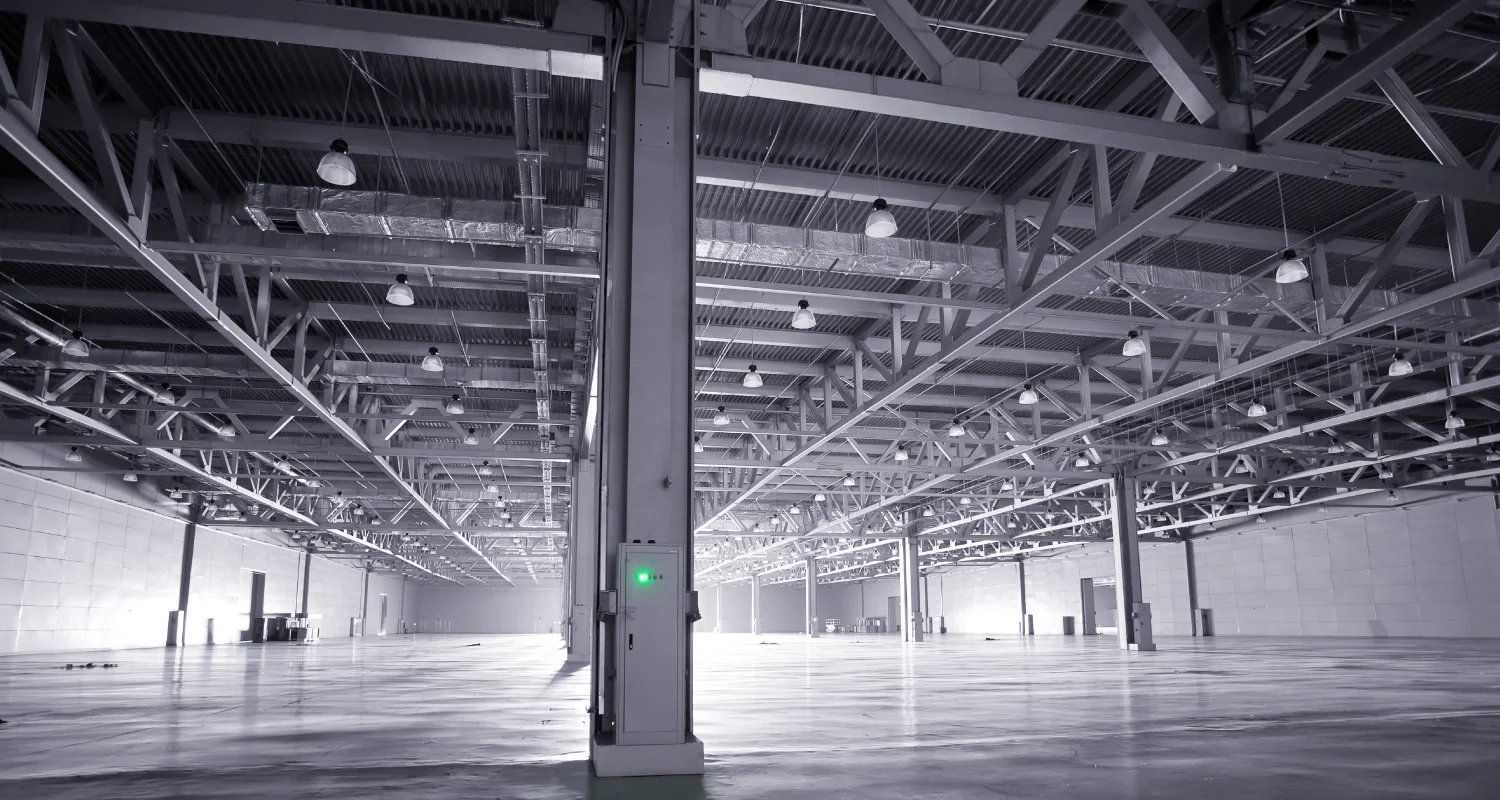While we are experiencing yet another uncertain time for our economy (uncertainty is a historic and ongoing cycle) the part we have not experienced in our lifetimes is the dire straights we are facing for our entire system and structure of rule.
If the goal is destabilization, inflation and a widening of the haves and have nots, we may just be seeing the tip of the iceberg. I’d say buckle up, but…3+ decades in the heart of the industrial and distribution business has taught me a few lessons:
1. Buy real estate
2. Down cycles unequally benefit the well prepared vs. the ill prepared in the long run.
3. While inflation hurts our pocketbooks, and can stymy growth, real estate is the BEST hedge against the effects of inflation.
4. The wealthiest people in the world own real estate and buy into and out of ‘down’ markets
I’m happy to report that I have some well prepared clients, like Container & Packaging, a youthful and energetic company located in Boise, Idaho, my childhood home. The innovative approaches their leadership team has taken has led them to be in an enviable position in their industry. Industrial Property Group is proud to be their broker in transactions in multiple states across the nation. We celebrate for both the leaders and the staff as they prepare to move into a new HQ building in Boise, brokered by Michael Jeppesen, SIOR, LEED AP, with IPG in Salt Lake City, and our long standing co-brokers in Boise, Devin Pierce, SIOR, and Dan Minnaert, SIOR, with TOK.
The team at Container are in line with the 4 observations I noted above.
Initially they wanted to develop a new building, and while our team is more than capable to make that a reality, we explored the opportunities, and eventually made an offer on a potential development site. We noted the high costs and potential brain damage of development as we continued to explore existing opportunities in Boise. We found Brighton Plaza, built just over 20 years ago, for Brighton Development’s HQ. It had come across a rough patch of leasing and low occupancy after being sold to a potential owner occupant that experienced Covid-19 fallout and decided to put the building back on the market for sale.
The owners of Container bought it! Way to go guys!!
We helped structure a deal that required them to carry some vacancy in the short term but when the building is eventually stabilized it could be a home run scenario.
Doing the analysis on their business, they determined the general population will continue purchasing products stored in containers they sell! So long as Container & Packaging can manage tariffs, and not be forced to absorb rising costs, but pass them to their clients, (eventually passed to consumers) they believe they can weather a storm.
Lastly, these intelligent leaders understood that owning real estate is one of the pillars of great wealth. Now they are more in control of the financial destiny of their operating company, -and indeed the long term stability for their staff and families. What seems like a sacrifice or big risk now, will no doubt be an enduring safe harbor, creating immediate depreciation benefit, long term cash flow, and appreciation.
Congratulations to my good friends at Container & Packaging!
If you or your company is considering or is faced with real estate decisions, whether leasing, buying or selling, reach out and we’ll gladly give you our perspective and creative approach in these uncertain times.





